A recent review published in the journal Engineering investigates the construction and potential applications of spinal cord and peripheral nerve organoids for regenerative medicine in neurotrauma. This article, entitled “Engineering Spinal Cord and Peripheral Nerve Organoids: Strategies and Potential Applications for Regenerative Medicine in Neurotrauma,” provides a comprehensive overview of the latest advances in organoid technology and its implications for the treatment of spinal cord injury (SCI) and peripheral nerve injury (PNI).
Organoids are three-dimensional cell clusters derived from stem cells that can self-replicate and self-organize, mimicking the structure and function of real organs. These small organ models have attracted significant attention in the field of regenerative medicine as they have the potential to revolutionize the treatment of neurotrauma. According to the review, “organoids have emerged as powerful tools for disease modeling, mechanistic exploration, drug screening, and regenerative medicine.” They offer a unique opportunity to study the complex cellular interactions and tissue structures involved in SCI and PNI.
This review takes a closer look at the origin and structure of the spinal cord and peripheral nervous system, highlighting the importance of accurately replicating the cellular components and structure of these organs. We discuss key elements for constructing spinal cord and peripheral nerve organoids, including cell origins, signaling regulators, and matrix materials for 3D culture. The authors highlight that the choice of starting cells, such as embryonic stem cells (ESCs) or induced pluripotent stem cells (iPSCs), has a profound impact on organoid activity and response to morphogens.
Signaling pathways such as TGF-β, BMP, WNT, FGF, and SHH play important roles in organoid formation and development. By regulating these pathways with specific inducers or cytokines, researchers can generate organoids with unique characteristics. For example, spinal cord organoids can be guided to exhibit ventral-dorsal features, whereas dorsal root ganglion (DRG) organoids can be generated by targeted guidance.
This review also highlights the importance of matrix materials in 3D culture, providing essential nutrients, adhesion sites, and biophysical cues for cell differentiation. Although Matrigel is commonly used, its inconsistencies and potential immunogenicity have led researchers to explore alternative materials such as decellularized extracellular matrix (dECM) and synthetic hydrogels.
In addition to construction strategies, this review considers the potential applications of spinal cord and peripheral nerve organoids in neurotrauma. These include cell therapy, tissue engineering, and the use of organoid-derived extracellular vesicles (EVs) to promote neural repair. The authors state that “organoid transplantation is a promising regenerative medicine therapy for SCI and PNI because it contains complex cell types and can respond to post-transplant niches for differentiation and maturation.”
Despite promising progress, this review acknowledges several challenges in this field. These include high heterogeneity among neural organoids, incomplete replication of organ functions, and limitations in angiogenesis and immune microenvironment construction. Future studies must address these challenges to fully understand the potential of organoids in regenerative medicine.
A review in the journal Engineering highlights the significant potential of spinal cord and peripheral nerve organoids in neurotrauma regenerative medicine. By leveraging advances in organoid technology, researchers and clinicians may be able to develop more effective treatments for SCI and PNI, ultimately improving patient outcomes.
The paper, “Engineering Spinal Cord and Peripheral Nerve Organoids: Construction Strategies and Potential Applications for Regenerative Medicine in Neurotrauma” is authored by Jiaqi Su, Zhiwen Yan, Xiaoxuan Tang, Tong Wu, Jue Ling, and Yun Qian.
sauce:
Reference magazines:
Hsu, J. et al. (2025). Engineering spinal cord and peripheral nerve organoids: Construction strategies and potential applications for regenerative medicine in neurotrauma. engineering. doi.org/10.1016/j.eng.2025.05.011


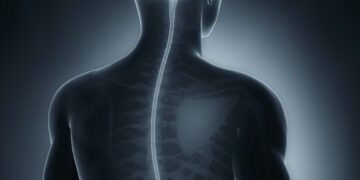
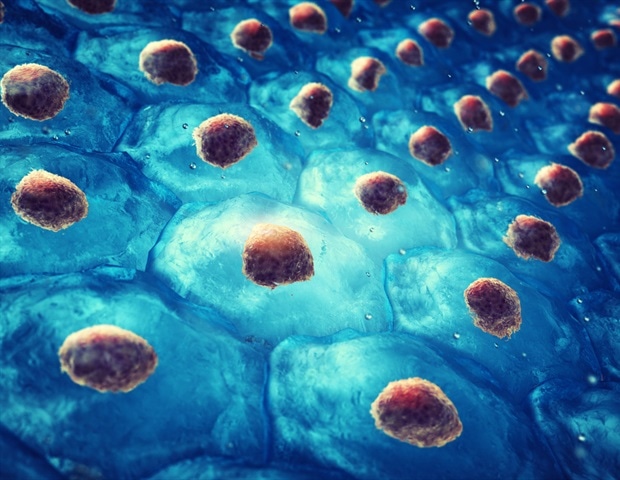
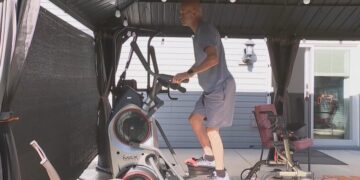
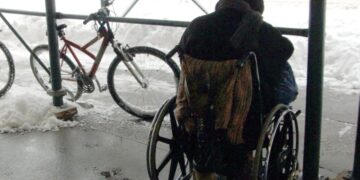

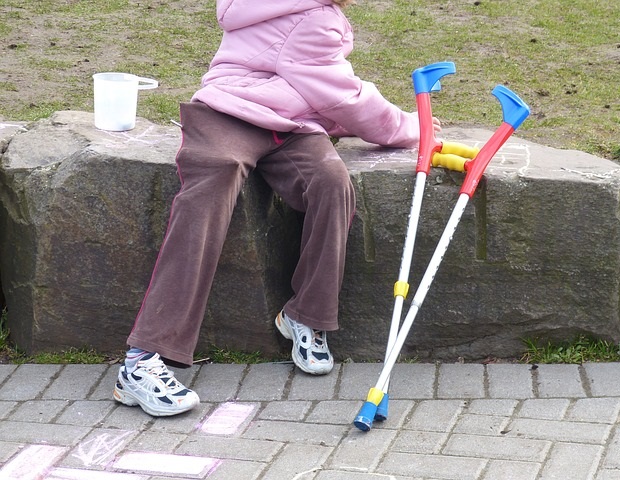
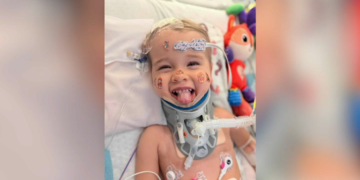
_6e98296023b34dfabc133638c1ef5d32-620x480.jpg)



